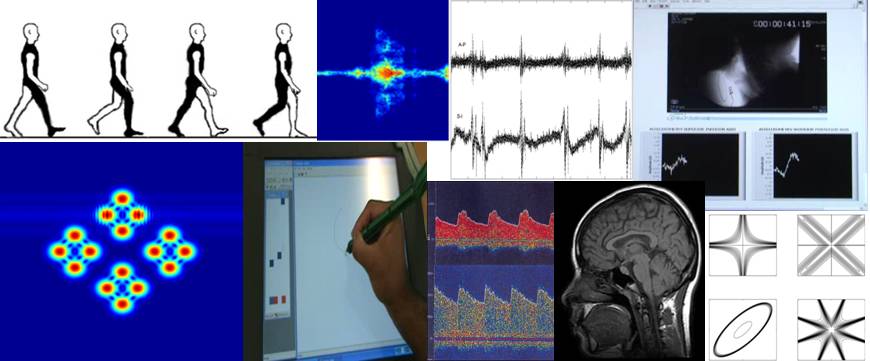Menopausal hot flashes and white matter hyperintensities
July 2, 2015
Objective
Hot flashes are classic symptoms of menopause. Emerging data link hot flashes to cardiovascular disease (CVD) risk, yet whether hot flashes are related to brain health is poorly understood. We examined the relationship between hot flashes (measured via physiologic monitor and self-report) and white matter hyperintensities (WMH) among midlife women.Methods
Twenty midlife women (aged 40-60 y) without clinical CVD, with an intact uterus and ovaries, and not taking hormone therapy were recruited. Women underwent 24 hours of ambulatory physiologic and diary hot flash monitoring to quantify hot flashes; magnetic resonance imaging to assess WMH burden; 72 hours of actigraphy to quantify sleep; and a blood draw, questionnaires, and physical measures to quantify demographics and CVD risk factors. Tests of a priori hypotheses regarding relationships between physiologically monitored and self-reported wake and sleep hot flashes and WMH were conducted in linear regression models.Results
More physiologically monitored hot flashes during sleep were associated with greater WMH, controlling for age, race, and body mass index ([beta] [SE] = 0.0002 [0.0001], P = 0.03]. Findings persisted after controlling for sleep characteristics and additional CVD risk factors. No relationships were observed for self-reported hot flashes.Conclusions
More physiologically monitored hot flashes during sleep are associated with greater WMH burden among midlife women without clinical CVD. Results suggest that the relationship between hot flashes and CVD risk observed in the periphery may extend to the brain. Future work should consider the unique role of sleep hot flashes in brain health..This material is presented to ensure timely dissemination of scholarly and technical work. Copyright and all rights therein are retained by authors or by other copyright holders. All persons copying this information are expected to adhere to the terms and constraints invoked by each author’s copyright. In most cases, these works may not be reposted without the explicit permission of the copyright holder.
Loading



